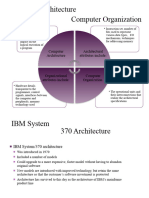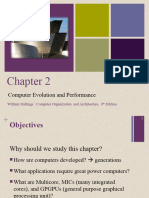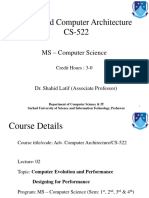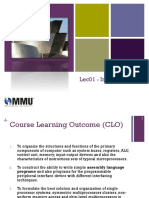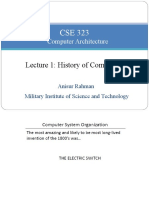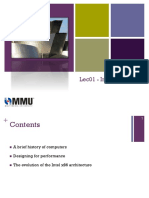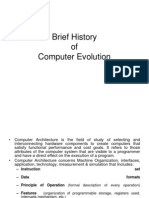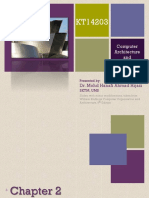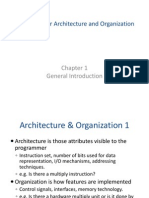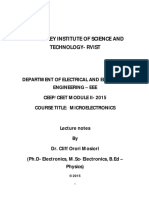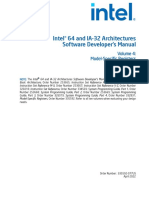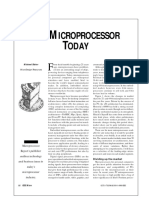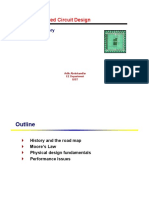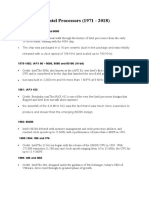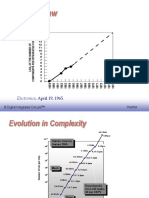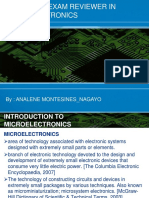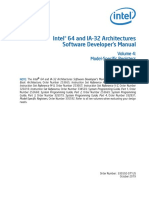0% found this document useful (0 votes)
26 views67 pagesIntroduction To Microprocessor Technology.
The document provides an introduction to microprocessor technology, outlining the intended learning outcomes and key concepts related to microprocessors and microcomputers. It covers the architecture, operation, interfacing, and programming of microprocessors, as well as historical milestones in computing. Assessment methods and prescribed texts for further study are also included.
Uploaded by
Isaac NdokaCopyright
© © All Rights Reserved
We take content rights seriously. If you suspect this is your content, claim it here.
Available Formats
Download as PDF, TXT or read online on Scribd
0% found this document useful (0 votes)
26 views67 pagesIntroduction To Microprocessor Technology.
The document provides an introduction to microprocessor technology, outlining the intended learning outcomes and key concepts related to microprocessors and microcomputers. It covers the architecture, operation, interfacing, and programming of microprocessors, as well as historical milestones in computing. Assessment methods and prescribed texts for further study are also included.
Uploaded by
Isaac NdokaCopyright
© © All Rights Reserved
We take content rights seriously. If you suspect this is your content, claim it here.
Available Formats
Download as PDF, TXT or read online on Scribd
/ 67


